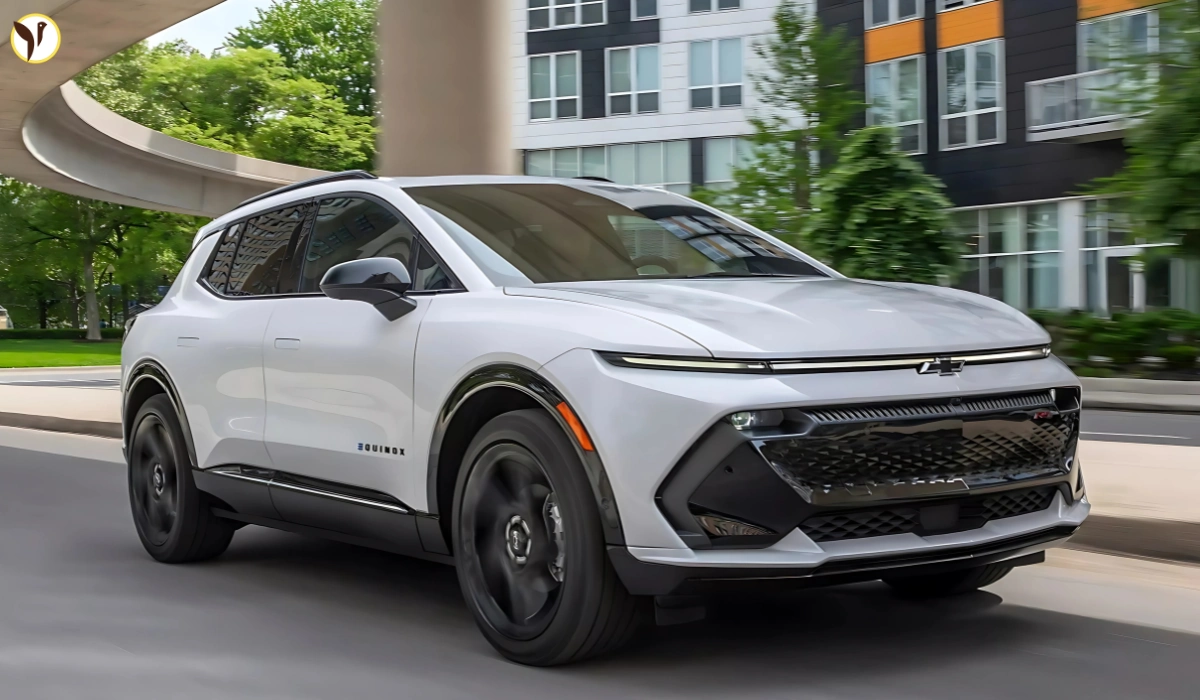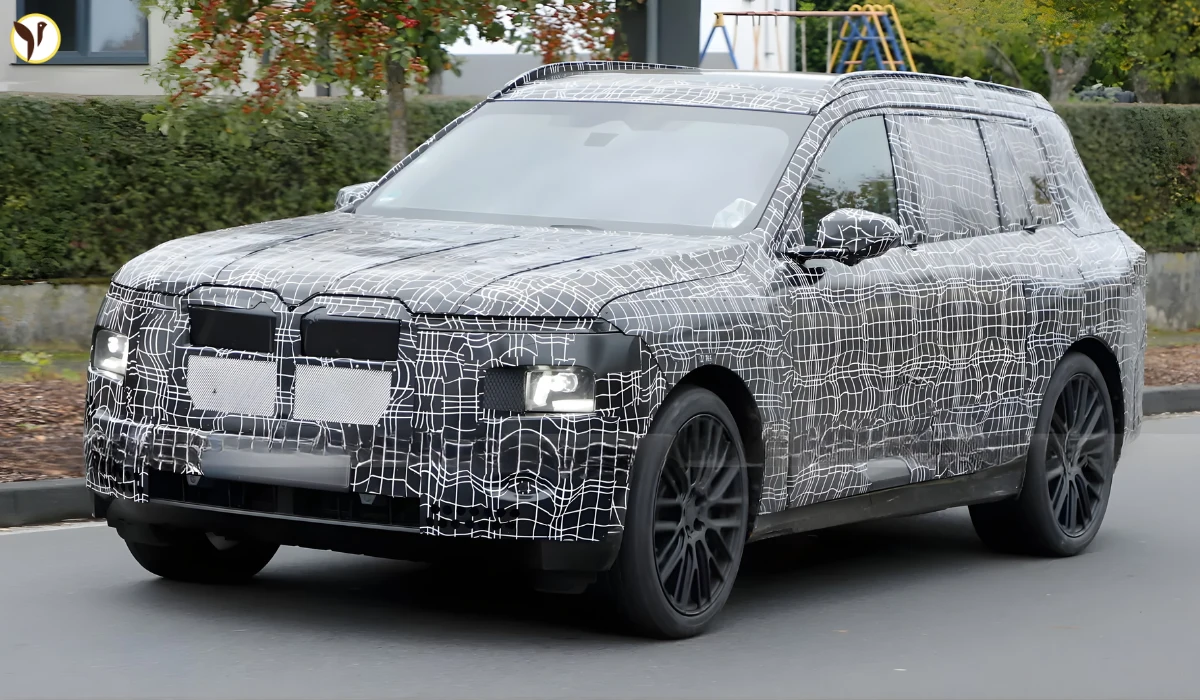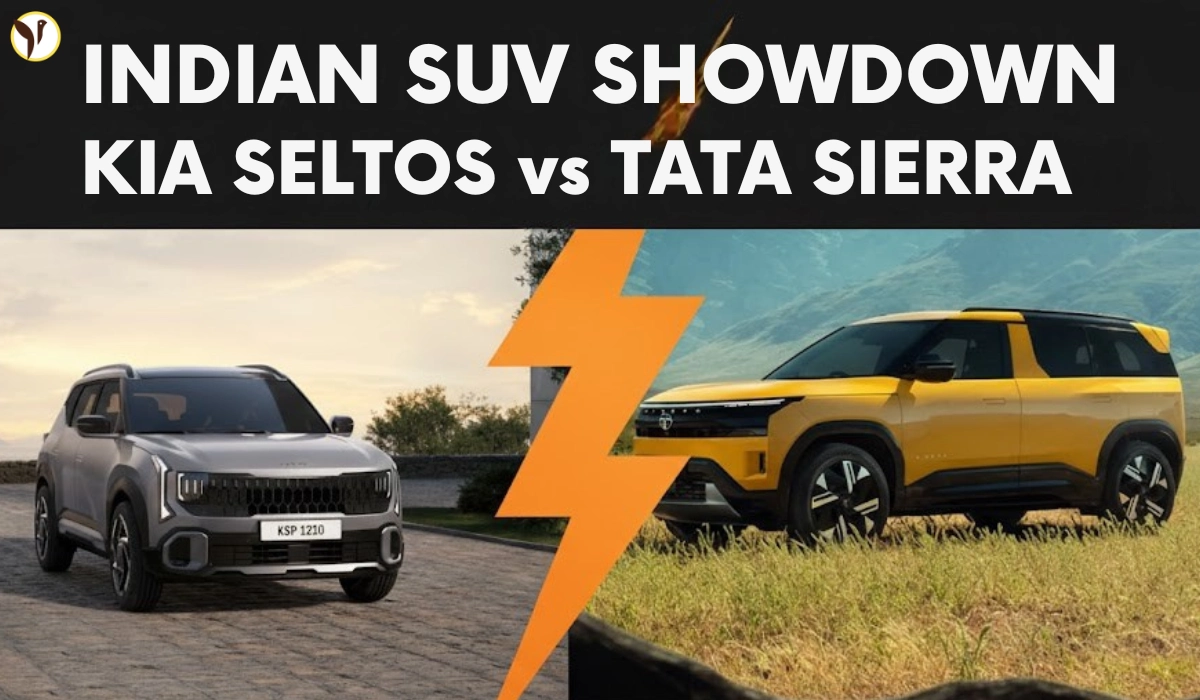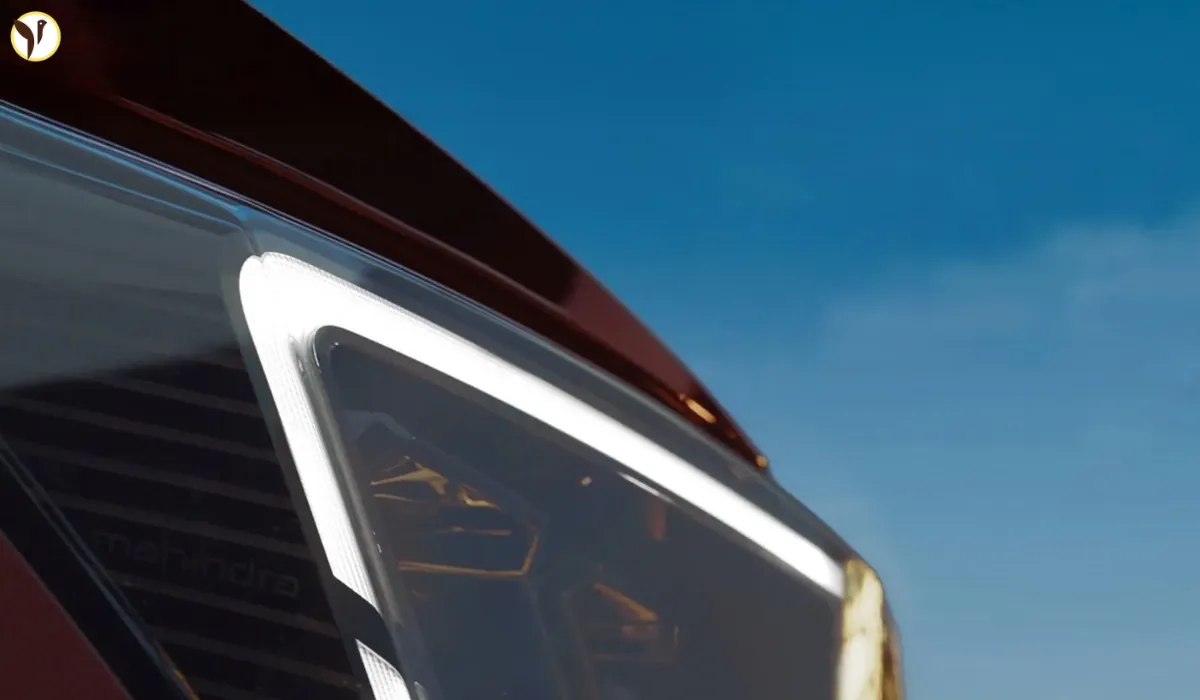Ford kicked off the year, presuming that its electric vehicle (EV) performance would build on 2024's strong momentum. Instead, and as of the end of May 2025, Ford's EV sales were down nearly 8.3 percent from last year— roughly 34,100 EVs sold as compared to Chevy's estimated 37,000. This was a real reversal of what one would have expected from Ford, which has been the clear second-best brand behind Tesla in EV market share for some time. The decline underscores something we've noticed: American EV buyers are becoming increasingly selective. That said, hybrid sales are growing. Ford's total sales are up about 15 percent in May, driven by a nearly 29 percent increase in hybrid sales and a 17 percent increase in gas models. Buyers appear to be stepping to electrification a device at a time, i.e. a hybrid versus fully electric vehicle. Ford has invested heavily in spotlight vehicles—the Mustang Mach‑E, F‑150 Lightning, and E‑Transit—but when none of these broke the mold is when Ford needs to rethink it consciously. The Mach‑E had modest growth—a nearly 11 percent increase for May—while the Lightning essentially lost more than 40 percent of its sales from a year earlier. This is a stark reminder that in having an EV isn't enough. Pricing, model appeal, and relative timing continue to be very important.
Chevy’s Rise: Affordable Range and Practical Appeal
Chevrolet's EV strategy has quietly but effectively established buyer interest. The Equinox EV - a compact crossover in the low-to-mid $30,000s price tier with a 326-mile range per EPA - has been a precipitous distruptor for Chevy. Since January, Chevy sold more than 37,000 EVs representing a nearly 94 percent increase over last year's Q1. Now this is no small feat, and Chevy can certainly lay claim to the number two position behind Tesla, with a compelling product offering. So how has it been achieved? The Equinox EV brings together value, utility and electric range - the key attributes that represent mainstream customer priorities. Customers want daily drivers that offer respectable electric range as well as accommodations for their commuting, errand or family travel. The Equinox EV meets those needs. GM's aggressive incentive rollout and dealer availability has also proposed the ownership experience through alleviating in-market reluctance and intimidation. As a result, Chevy is creating a space of acceptance and accessibility demonstrated by growing interest in the Silverado EV and the forthcoming launch of GMC EVs. American buyers are not requiring the reordering of priorities - the purchasers are value and utility rather than prestige - Approach and offering have met (at least approximated) the buyer's reappraisal of their needs.

What’s Next—Ford’s Crossroads and the EV Road Ahead
Ford is now at a generational decision point with its automotive strategy. While the automaker should have a sturdy footing with electrification (with large pushes like a new Mach‑E line and developing its own EV charging stations), in light of this recent lull, could Ford now teeter back towards hybrids or pricing strategies? Ford can ramp up promotions and rebates for EVs or flip-flop back to early sighting of early technology development—such as next-gen battery packs or leases. Another step could be expanding the "entry" trim line for the Mach‑E causing the gap with the Equinox EV harder to determine. Ford must be careful with coupling or assessing all of these opportunities against its new brand promise—the Mach‑E offers a strong promise to the sport-minded buyer, as it is not proposed to be all things; the Lightning is the flagship power proposition, as a hard-edged statement for power and orientation to intelligence or innovation. For context, the current situation exists in a shifting American consumer environment. Charging infrastructure, cost of ownership, and managing the comfort level of the consumer to transition to electric are different considerations. If Chevy's success pushes Ford further to offer the consumer a more pointed answer to these outcomes, GM's soon to be announced Q2 sales in early July will provide other insights into seeing how these trends play out. For the consumer, it means better deals, more choices and quicker improvements thrown at one-off technology improvements. Who knows what to expect from Ford in the future, if we see new incentives, re-designs, or new opportunities?
At-a-Glance Sales Table: Jan–May 2025
| Brand | EV Sales (≈) | Change YoY |
| Tesla | ~128,100 (Q1) | -8.6% (Q1) |
| Chevrolet | 37,000+ | 94% (Q1) |
| Ford | 34,132 | -8.30% |
| GM (total brands) | 62,830 | 0.94 |
Conclusion
Ford's recent hiccup in the EV race is more than just a company issue; it represents a broader evolution in how Americans are thinking about electric mobility. Buyers are no longer impressed with an electric badge, they need more value or convenience with respect to charging, as well as prices that won't break the bank. Chevrolet with its Equinox EV and clever rollout plan has cracked the code, at least for now. Ford has to realize the message is simple: invest in that which works, listen to the market and maybe accept hybrids as transition technology instead of too quickly committing to pure battery vehicles. In the meantime, the shift in the industry is going to benefit the consumer as they have more choices, better prices, and an industry being forced to adjust to what real drivers actually want, and not what is trending. Whether you like the Mustang or you are waiting for the next Equinox EV, one thing is for sure: the EV battle in the U.S. is just heating up.
Source(Image / Thumbnail): carscoops









